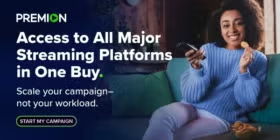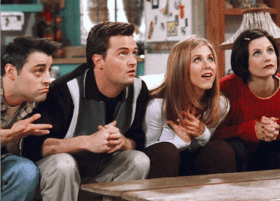

The new general manager for ONCE México, Carlos Brito, offers insights on Hispanic programming in a post-pandemic world.
How do you see Hispanic programming evolving post-pandemic?
I think Hispanic post-pandemic programming will be more based on digital communication than before COVID. People are in need of entertainment and distraction now more than ever before. I think through partnerships and smart use of professional creators, and with the right strategic platform and digital tools, anyone can make effective inroads into content – the demand is there. Audiences of all ages and cultural backgrounds are actively seeking out programs that highlight people who resemble them and reflect their own life and experiences. Under these circumstances, it’s critical to create authentic content that resonates with underrepresented groups. At Once Mexico we understand the importance of communicating with our diverse audience, listening carefully to what is happening, and ensuring meaningful connections between content and audiences.
What has been most surprising about how this audience has changed over the last 10 years?
It has been surprising seeing how the Hispanic population has grown so fast to become close to 60 million in the United States today. In fact, the rise of the U.S. Hispanic population and labor force is on a pace to be the next demographic phenomenon, with Latinos accounting for more than half of the U.S. population. Because of this group’s young median age, the economic clout of U.S. Hispanics will grow significantly as they enter their prime earning years. This will be a challenging and diverse audience to reach. Most definitely, the TV industry in the U.S. needs to think out of the box to successfully target the new generation of Latinos, because looking at the numbers from last year’s Census, the U.S. is on course to becoming a much, much more diverse country.
If you could give other businesses one piece of advice for achieving diversity and inclusion on camera, what would it be?
The United States is a big and diverse country. I think the conversation about diversity and inclusion on camera has just started. In fact, to remain relevant in today’s media environment, networks must fully embrace inclusion, among their staff and across their operations. Hopefully, we’ll see more actions that truly reflect the extraordinary diversity of the media industry in this country.







